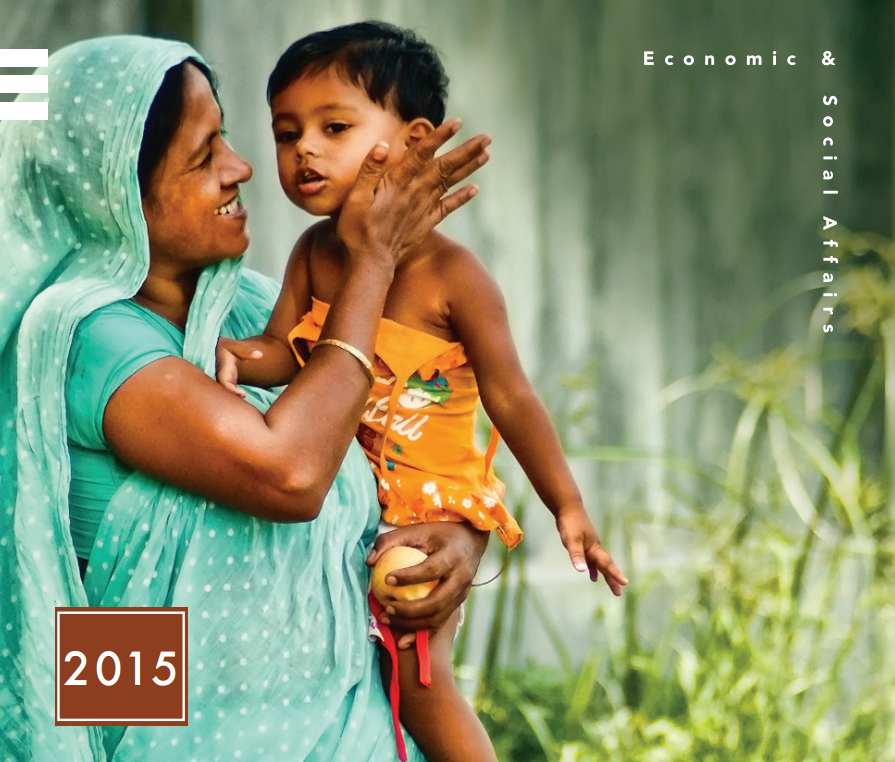
The world’s population is ageing: virtually every country in the world is experiencing growth in the number and proportion of older persons in their populations. Between 2015 and 2030, the number of older persons—those aged 60 years or over—in the world is projected to grow by 56 per cent, from 901 million to more than 1.4 billion.
Globally, the number of older persons is growing faster than the numbers of people in any other age group. As a result, the share of older persons in the total population is increasing. Across the world’s regions, the ageing process is most advanced in Europe and Northern America, where more than one in five people was aged 60 or over in 2015, but the share of older persons is increasing rapidly in other regions as well.
By 2030, older persons are expected to account for more than 25 per cent of the populations in Europe and in Northern America, 20 per cent in Oceania, 17 per cent in Asia and in Latin America and the Caribbean, and 6 per cent in Africa.
The pace of population ageing in many developing countries today is substantially faster than has been observed in the past. Consequently, today’s developing countries are having to adapt much more quickly to ageing populations, and often at much lower levels of national income compared to the past experience of many of the developed countries.
Preparing for an ageing population is integral to the achievement of many of the sustainable development goals, including eradicating poverty, ensuring healthy lives, promoting gender equality, achieving full and productive employment and decent work for all, reducing inequality between and within countries, and creating sustainable human settlements.
World Population Ageing 2015 summarizes the global, regional and country-level trends in population ageing drawn from the latest United Nations population estimates and projections, as published in World Population Prospects: the 2015 Revision. Focusing in particular on the period from 2015 to 2030, the report, as well as the accompanying database and infochart, identify key implications of trends in the number and share of older persons for sustainable development planning.
To read more, please click here.
Source & Copyright: UNDESA
 Welcome to the United Nations
Welcome to the United Nations